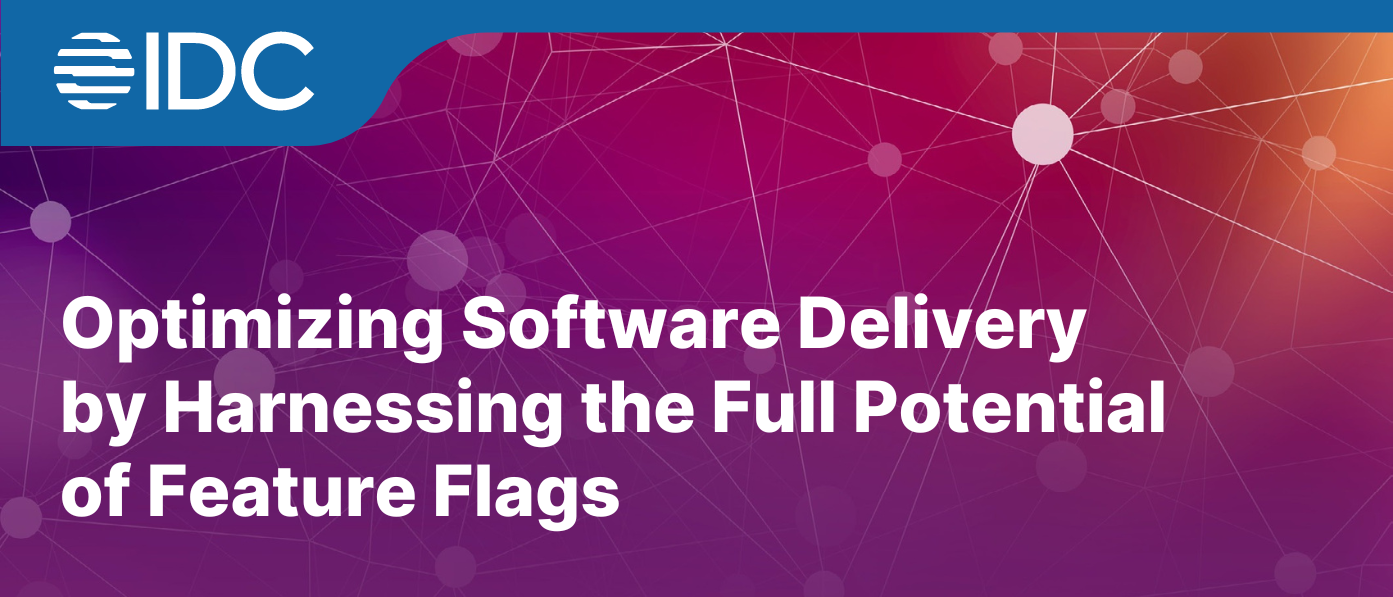Enterprise applications are crucial in smoothening business processes and ensuring organizational efficiency. However, considering the growing sophistication and frequency of cyberattacks, enterprises must make security a priority when developing new applications. To protect sensitive data and preserve the integrity of corporate operations, it’s essential to follow the best practices. This blog discusses the best practices for secure enterprise application development so that your subsequent application development becomes easy, safe, and time effective.
1. Start with a Secure Development Lifecycle (SDLC)
Security should be prioritized from the very beginning of the software development process. Having a secure development lifecycle ensures that the proper security measures are followed at every development stage. It includes requirement gathering, design, coding, testing, and deployment. Identifying vulnerabilities and reducing the likelihood of security breaches can become more accessible by integrating security into each development phase.
2. Regular Security Training for Developers
Security is as strong as the people behind it. There should be continuous security training for developers to keep them updated on the latest threats, attack vendors, and best practices. Build a security-conscious culture within the software development team to build safe enterprise applications. Security should not be an afterthought but an integral part of the enterprise application development process.
3. Implement Strong Authentication & Authorization
Authentication and authorization are fundamental aspects of securing the enterprise mobile application development process. According to experts, using multi-factor authentication (MFA) is a wise decision to enhance user identity verification. Apart from this, you should employ the principle of least privilege to ensure that users have only the necessary permissions to perform their tasks. In this way, you can prevent breaches or limit potential damage in the event of a breach.
4. Regularly Update and Patch Software
Updating software and dependencies is a simple yet effective security measure that reliable enterprise application development services prefer to follow. Patch known vulnerabilities by regularly updating libraries, frameworks, and other third-party components. Employ automated technologies to check for out-of-date dependencies and take swift action to resolve any security vulnerabilities identified.
5. Code Review & Static Analysis
A robust code review process should include both automated static code analysis tools and manual reviews by experienced developers. Advanced static code analysis tools can quickly identify common vulnerabilities and coding errors. It allows developers to find the flaws and fix them accordingly before merging the code. On the other hand, manual code review can provide an additional layer of scrutiny to ensure that complex vulnerabilities are not overlooked.
6. Encrypt Data at Rest and Transit
Sensitive data encryption is essential in enterprise web application development. Implement robust encryption algorithms to safeguard data while it’s in transit and at rest. To ensure secure communication between clients and servers, employ protocols such as TLS. Be sure that encryption keys are stored safely as well.
7. Establish Secure APIs
APIs are crucial for the seamless integration of many enterprise applications. Employ authentication methods, verify input, and encrypt data sent through APIs to keep your APIs safe. Implement access controls to prevent unauthorized individuals from accessing confidential information.
8. Implement Session Management Best Practices
Effective session management is crucial to preventing unauthorized access. It is important to use secure session tokens, employ session timeouts, and implement measures to safeguard against session hijacking and fixation. Apart from this, you need to review regularly and audit session management methods to ensure their effectiveness.
9. Incorporate Security into DevOps Practices
Leading enterprise mobile application development services incorporate DevOps principles by integrating security practices into the development and operations workflow. Experts suggest enabling continuous security testing, automating security checks in the CI/CD pipeline, and fostering collaboration between development, operations, and security teams.
10. Monitor and Respond to Security Incidents
Enterprise web application development services always take care of response and security incidents. Proactive monitoring is essential for detecting as well as responding to security incidents. You should implement logging mechanisms to capture relevant security events. Also, implement incident response plans that outline procedures for identifying, containing, recovering, and learning from security incidents.
Conclusion
Safe enterprise application development is a complex process that requires a holistic approach. You can significantly boost the resistance of your applications to evolving security threats by incorporating these best practices into the development procedures. Security is an ongoing journey and being proactive is the key to protecting your enterprise’s digital assets and maintaining user trust.

